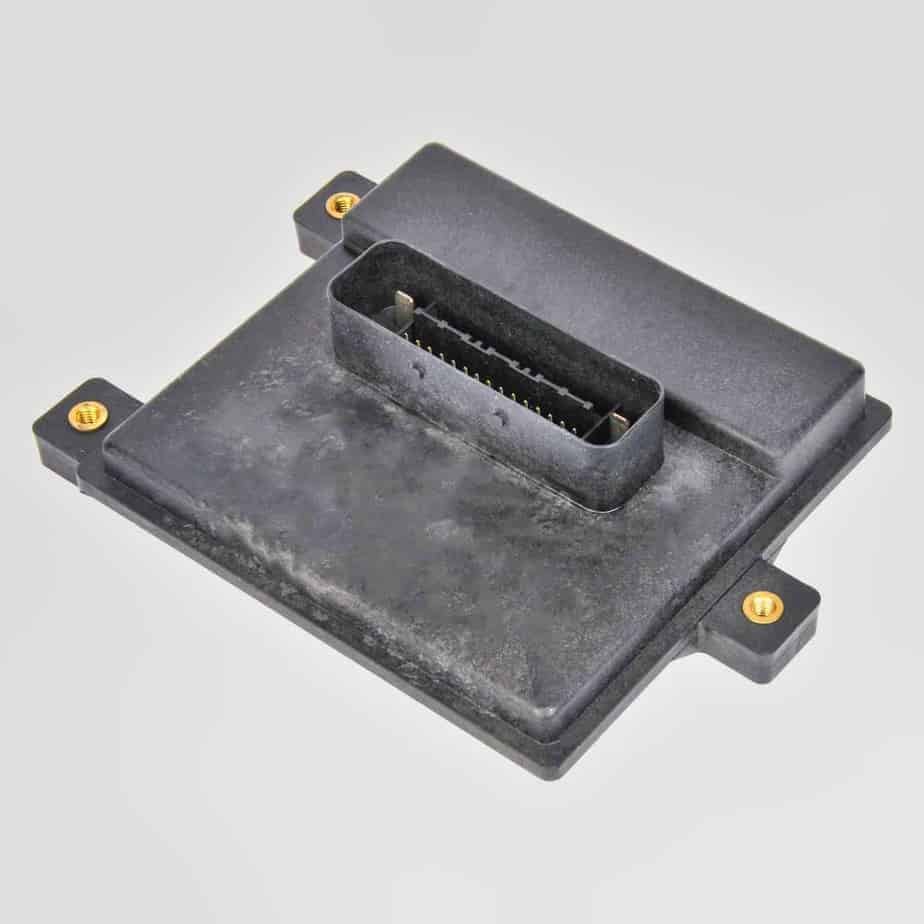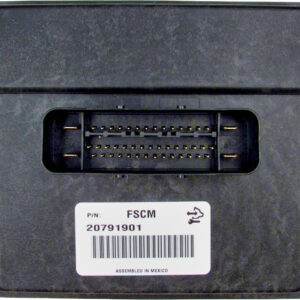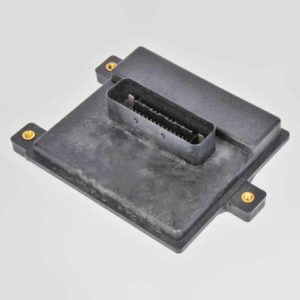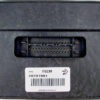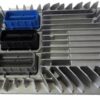Restore Your Vehicle’s Fuel Delivery and Performance
If your 2012 Captiva Sport is experiencing frustrating issues like engine stalling, hesitation during acceleration, or a complete no-start condition, a failing Fuel System Control Module (FSCM) is a very likely culprit. As a technician with over two decades of experience, I’ve seen these modules cause intermittent problems that can be a real headache to diagnose. This isn’t just a part; it’s a direct solution to restore the reliability you depend on. The FSCM, sometimes called a fuel pump driver module, is the brain that tells your fuel pump how much pressure to deliver. When it fails, your engine is starved of fuel, leading to poor performance and leaving you stranded.
The biggest challenge with replacing an FSCM has always been the expensive and time-consuming programming required at a dealership. We eliminate that problem entirely. This module arrives at your door fully programmed with the latest GM software updates, specifically matched to your vehicle’s VIN. You provide us with your VIN at checkout, and we handle the complex part. This means no extra trips to a mechanic, no need for specialized scan tools, and a straightforward installation you can perform with confidence. This is the most efficient way to get your vehicle back on the road, running as it should.
Is Your Vehicle Showing These FSCM Failure Signs?
A faulty FSCM can manifest in several ways. Pay attention if your vehicle is exhibiting any of the following, as they are strong indicators that this module needs replacement. Often, you’ll see a Check Engine Light with specific codes.
- ✔ Engine cranks but will not start
- ✔ Stalling, especially under load or when coming to a stop
- ✔ Severe engine hesitation or sputtering during acceleration
- ✔ Reduced engine power and poor fuel economy
- ✔ Check Engine Light (CEL) on with codes like P069E, P0230, or U0109 (Loss of Communication with Fuel Pump Control Module)
Case Study: The Ghost in the Fuel System
I remember a 2011 Silverado that came into the shop with a classic intermittent stall. The owner had already replaced the fuel pump twice at another garage, but the problem persisted. It would run fine for days, then die at a stoplight. After hooking up my scan tool and monitoring live data, I saw the fuel rail pressure drop off a cliff right before it would stall. The fuel pump itself was fine, but the command from the FSCM was erratic. These modules, especially when mounted on the frame rail, are exposed to years of water, salt, and vibration, causing internal corrosion and failure. We installed a new, VIN-programmed FSCM, and the truck never had the issue again. It’s a perfect example of why you must diagnose the entire system, not just the most obvious part.
A Straightforward Guide to Installation
Installing your new, pre-programmed 2012 Captiva Sport Fuel System Control Module is a manageable job for a DIY enthusiast. On the Captiva Sport, the module is typically located in the left-hand rear compartment area, making it more accessible than on some trucks.
- Safety First: Disconnect the negative terminal from your vehicle’s battery to prevent any electrical shorts.
- Locate the Module: Access the left rear compartment or underbody area as specified for your model to find the old FSCM. It’s a small electronic box with electrical connectors.
- Disconnect and Remove: Carefully unplug the electrical connectors. Note their orientation. Then, unbolt the module from its mounting bracket.
- Install the New Module: Bolt the new FSCM into place. Reconnect the electrical connectors firmly until they click.
- Final Steps: Reconnect the negative battery terminal. The vehicle may require a few key cycles for all systems to re-initialize. Since the module is pre-programmed, you can now start the vehicle.
Verified Vehicle Compatibility List
This module is a direct-fit replacement for a wide range of General Motors vehicles. It is compatible with part numbers 20791901, 20827745, 20877116, and 20850927. Please verify your vehicle is on this list. The module is located in different places depending on the model (e.g., LH frame rail on trucks, rear compartment on SUVs/cars).
Fitment includes, but is not limited to: Acadia (10-12), Avalanche 1500 (10-12), Canyon/Colorado (10-12), Captiva Sport (12), CTS (10-12), Enclave (10-12), Escalade/ESV/EXT (10-12), Express/Savana 1500 Van (10-12), Hummer H3 (10), Impala (12), LaCrosse (10-12), Outlook (10), Regal (11-12), Sierra/Silverado 1500 (10-12), Suburban 1500 (10-12), Tahoe (10-12), Traverse (10-12), Vue (10), and Yukon/Yukon XL 1500 (10-12). Please check the original fitment data for specific options or ID numbers if you are unsure.
Frequently Asked Questions
Frequently Asked Questions
Do I need to program or flash this module?
No. This is the key benefit of our service. We program the module to your vehicle’s specific VIN before we ship it. It arrives ready for installation, saving you a trip to the dealer.
Where is the FSCM located on my 2012 Captiva Sport?
On the 2012 Captiva Sport, the Fuel System Control Module is typically found in the left-hand (driver’s side) rear compartment area inside the vehicle, which protects it from the elements.
What is the difference between the FSCM and the fuel pump?
The fuel pump is a mechanical device in the fuel tank that moves gasoline. The FSCM is the electronic ‘brain’ that controls the fuel pump, telling it how fast to run to maintain correct fuel pressure. You can have a good pump but a bad FSCM, and the car won’t run correctly.
Will this fix a P069E error code?
Yes, the Diagnostic Trouble Code (DTC) P069E, which translates to ‘Fuel Pump Control Module Requested MIL Illumination’, is a very common code indicating a fault within the FSCM itself. Replacing it with this programmed unit is the correct repair.
Is this compatible with other part numbers?
Yes, this module is a direct replacement for part numbers 20791901, 20827745, 20877116, and 20850927, covering a wide array of GM vehicles.

